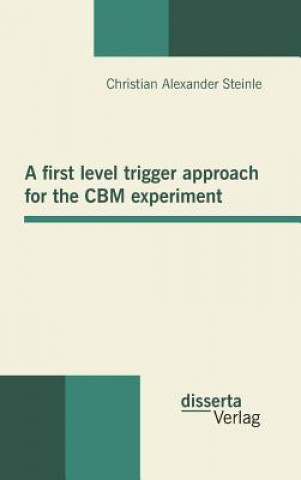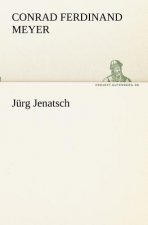
Kézbesítés
Vásárlási tanácsadó





Nem vált be? Semmi gond! Nálunk 30 napon belül visszaküldheti
 Ajándékutalvány
bármilyen értékben
Ajándékutalvány
bármilyen értékben
Ajándékutalvánnyal nem nyúlhat mellé. A megajándékozott az ajándékutalványért bármit választhat kínálatunkból.
first level trigger approach for the CBM experiment
 Angol
Angol
 321 b
321 b
30 nap a termék visszaküldésére
Ezt is ajánljuk


In view of the very heavy CBM experiment constraints on the first level trigger, no conventional trigger is obviously applicable. Hence a fast trigger algorithm with the goal of realization in reconfigurable hardware had to be developed to fulfil all requirements of the experiment. In this connection the general Hough transform, which is already utilized in several other experiments, is used as a basis. This approach constitutes further a global method for tracking, which transforms all particle interaction points with the detector stations by means of a defined formula into a parameter space corresponding to the momentum of the particle tracks. This formula is of course developed especially for the given environment of CBM and defines thus the core of the applied three dimensional Hough transform.§As the main focus of attention is furthermore on the realization of the needed data throughput, the necessary complex formula calculations give reason to outsource predefined formula results in look-up tables. This circumstance offers then collaterally the possibility to utilize any other sufficiently precise method like Runge-Kutta of fourth order for example to compute these look-up tables, because this computation can be evidently done offline without any effect on the Hough transform s processing speed.§For algorithm simulation purposes the CBMROOT framework provides the module htrack , which is written in the programming language C++. This module includes many analyses for the determination of algorithm parameters, which can be even executed automatically to some extent. In addition to this, there are of course also analyses for the measurement of the algorithm s quality as well as for the individual rating of each partial step of the algorithm. Consequently the milestone of a customizable level one tracking algorithm, which can be used without any specific knowledge, is now obtained.§Besides this, the investigated concepts are explicitly considered in the implementation phase to suit the FPGA technology. However the limited resources of a FPGA compared to the needs of the algorithm clarify quickly that the algorithm has to be adapted for an implementation on a multi-chip platform. Therefore the same concepts are simply distributed to multiple FPGAs, which are connected by a fast network. For the development of such a now essential platform internal network concept a Sony Playstation III is employed for rapid prototyping, because the integrated CellBE chip features a quite similar network structure as the proposed FPGA platform requires.§As the key objective of this thesis, which is implicitly mentioned above, is beyond that defined by the quickest possible processing of particle collisions, the realization of the algorithm on a Sony Playstation III can be already considered an improvement, because the processing of a common particle collision in a CBM experiment simulation needs about 30 seconds on a commercial PC running the CBMROOT framework, whereas a Sony Playstation III provides the same result in approximately 21.5 milliseconds. Hence a speed advantage of a factor of 1,000 is achieved by now. First results and estimations suggest further that another speed advantage around 250 can be reached by the realization of the proposed FPGA platform. Thereby the domain of approximately 80 microseconds seems to be attainable. Consequently such an implementation is evidently able to contribute a fundamental part to the first level trigger of the CBM experiment.
Információ a könyvről
 Angol
Angol




 Hogyan vásároljunk
Hogyan vásároljunk


























